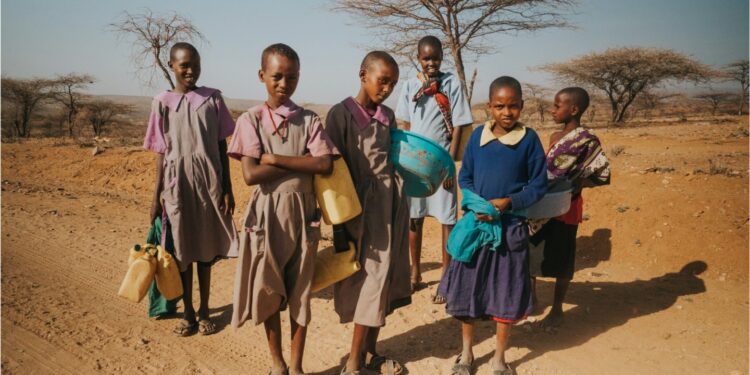Food and Agriculture Organization (FAO’s) latest report highlights an alarming reality in Africa: a staggering 282 million people are grappling with undernourishment, a figure expected to rise.
This setback significantly veers the continent off course from reaching the “zero hunger by 2030” Sustainable Development Goal.
Meeting the 2025 Malabo Declaration target to eradicate hunger and malnutrition also appears unattainable, as nearly 868 million people face food insecurity, with 342 million severely affected.
Central, Eastern, and Western Africa bear the brunt, with over two-thirds of their population experiencing varying degrees of food insecurity.
The report emphasizes the urgent need for intensified efforts by countries to combat this crisis and achieve global nutrition targets set by the WHO.
Escalating challenges like economic slowdowns, soaring food prices, and increased borrowing costs underscore the imperative for swift and substantial action to ensure a hunger-free world by 2030.
Stunted Growth
Children are the hardest hit by any form of crisis, and so with hunger announcing itself in never-imagined ways across the continent, the report stated that in Africa, the prevalence of stunting among children under the age of 5 was 30%.
This is way above the global average of 22.2%. Central Africa ranked as the worst on the continent
The report said: “While Northern Africa and Southern Africa are close to the global estimate, the prevalence is much higher in the other subregions. Central Africa is the worst affected subregion, at 37.4%.”
Stunting is generally a permanent outcome caused by poor maternal health and nutrition, insufficient baby and young child feeding practices, and recurring infections that combine with a range of other factors over time.
The COP28 summit at Expo City in Dubai also witnessed the release of a report emphasizing the critical issue of loss and damage.
Highlighting Africa’s vulnerable food insecurity, the report echoed numerous others, stressing how the ongoing climate crisis significantly impacts water, soil, biodiversity, and the surge in extreme weather events, exacerbating food poverty.
These effects notably diminish crop yields, livestock production, and the capacity of fisheries and aquaculture to sustain food supplies. At the onset of COP28, global leaders finally agreed to activate the long-awaited loss and damage fund after extensive negotiations.
This fund represents a historic demand from developing nations directly grappling with the ravages of climate change, including destructive droughts, floods, and rising sea levels.
Nevertheless, the pledged amount fell short, reaching only R13 billion, a mere 0.2% of the annual irreversible losses amounting to R7.5 trillion incurred by developing countries.
Do you have a story in your community or an opinion to share with us: Email us at editorial@watchdoguganda.com










